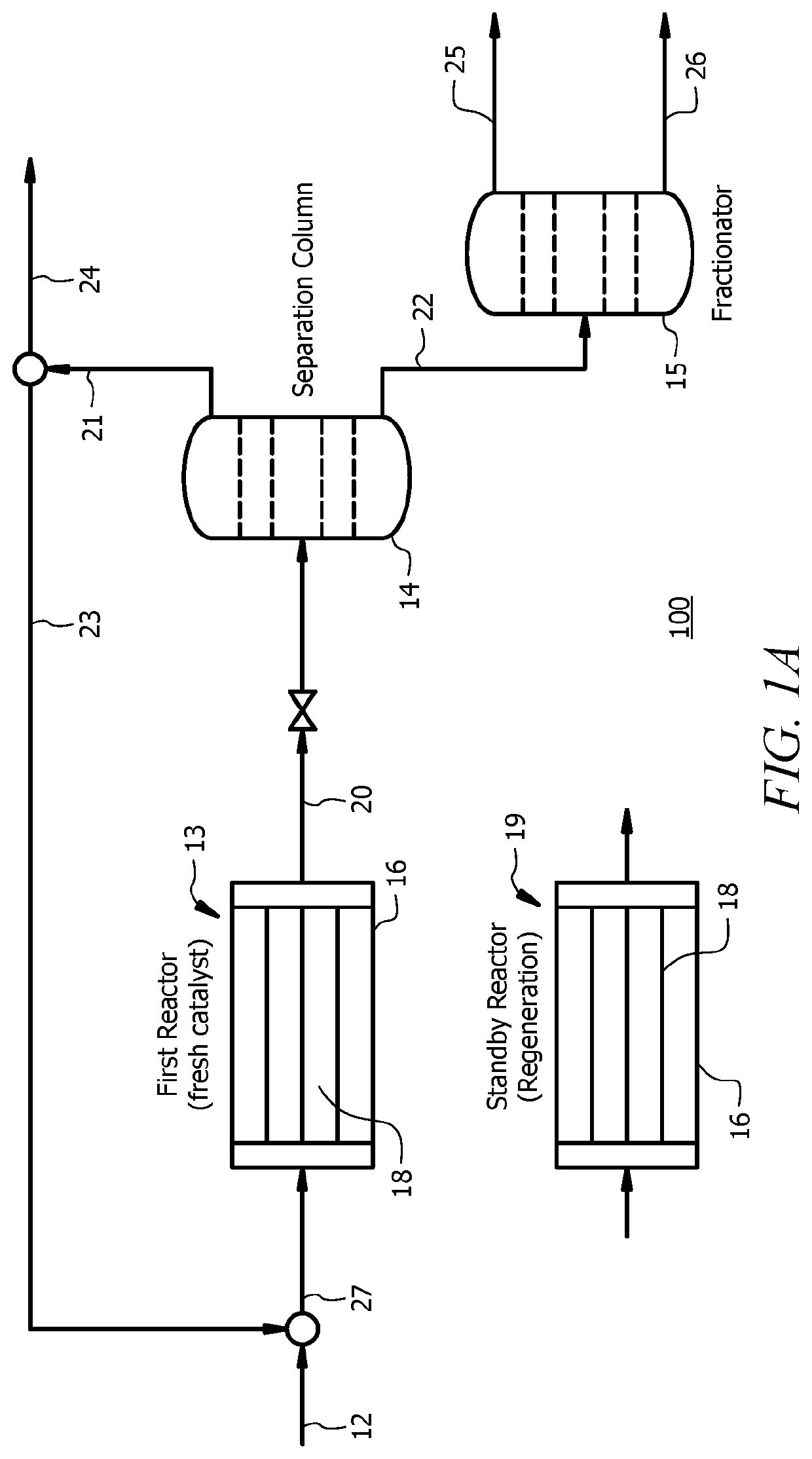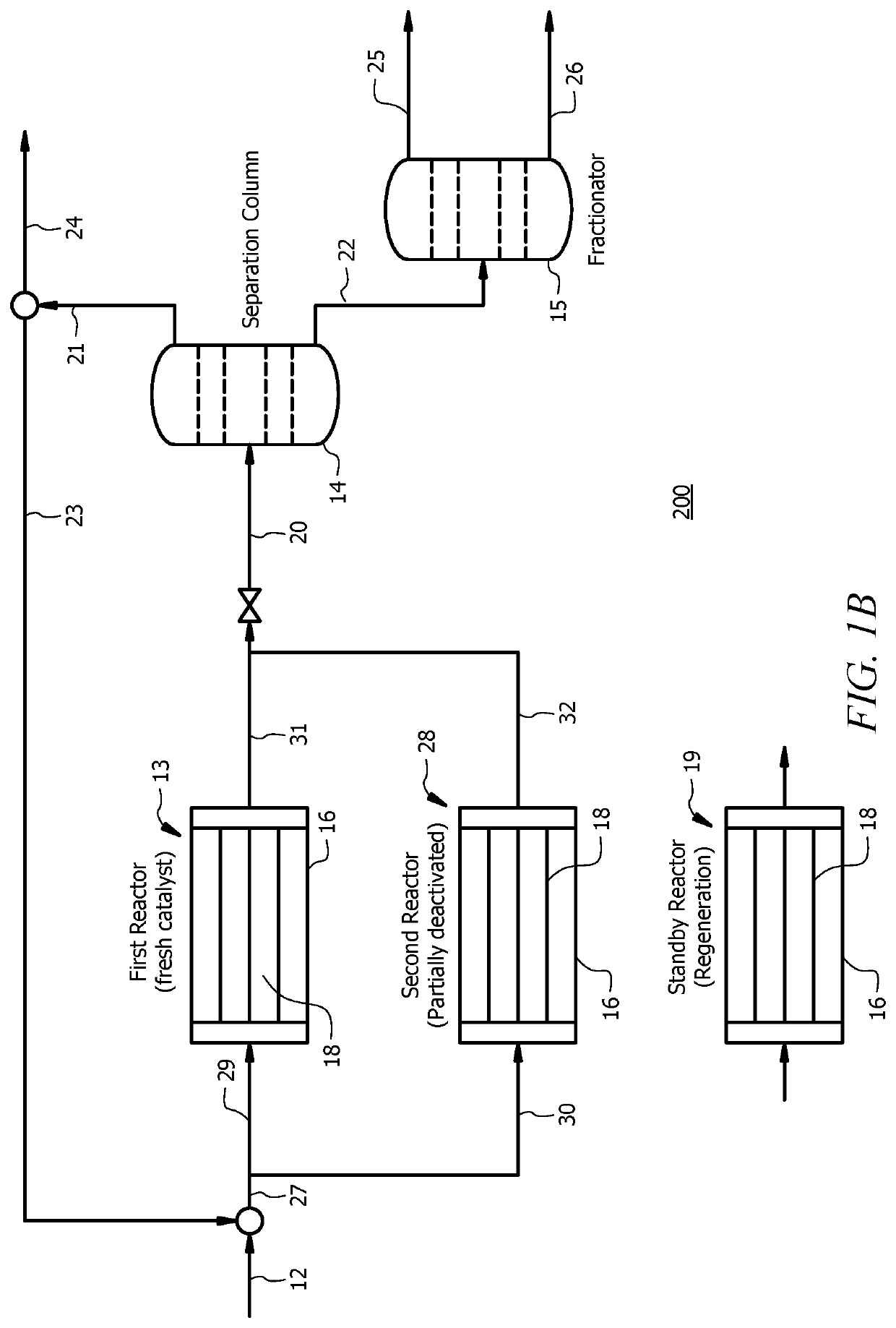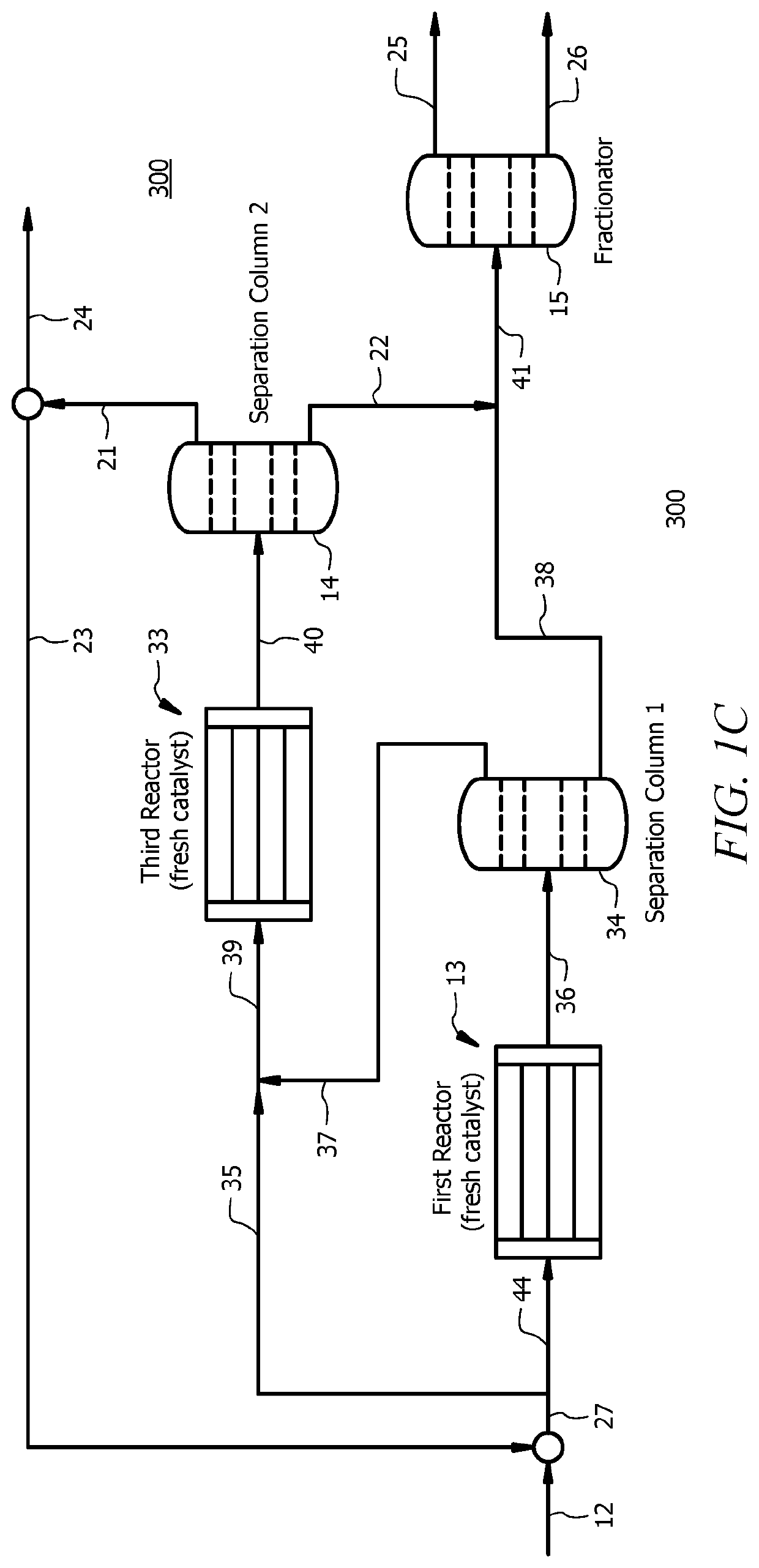Catalysts and methods for dimerizing propylene
a technology of propylene and catalyst, which is applied in the direction of hydrocarbon preparation catalyst, metal/metal-oxide/metal-hydroxide catalyst, physical/chemical process catalyst, etc., can solve the problems of structural deformation during use, long induction time, and strong limit on the nature of supporting materials
- Summary
- Abstract
- Description
- Claims
- Application Information
AI Technical Summary
Benefits of technology
Problems solved by technology
Method used
Image
Examples
example 1
Synthesis of Potassium Zirconate Support
[0046]Potassium zirconate material was synthesized using solid state methodology. The samples were prepared by using appropriate stoichiometric ratio to produce desired composition. A representative procedure to prepare 20 g of K5ZrO4.5 is provided. K and Zr precursors, K2CO3 (19.45 g) and ZrO2 (6.87 g), were mixed and milled in a mortar and pestle. The mixed material was placed in a muffle furnace and heated to 1050° C. for 12 h with a ramp rate of 5° C. / min. The resulting material after was cooled using the same ramp rate. The cooled material was milled and heated again for three iterations. Other compositions are made with the same methodology with varying the heating temperature and soaking time. The resulting powder mixture was characterized as having pure potassium zirconate or a multiphase system that consisted of single or multiple potassium zirconate phases with the existence of traces of other phases from the precursors.
[0047]Zirconi...
example 2
Synthesis of Sodium Yttriate Support Material
[0050]Sodium yttriate material was synthesized using a co-precipitation method. Yttrium nitrate (Y(NO3)3.6H2O, 13.31 g) starting precursor was dissolved in a minimal amount of water (20 mL). The corresponding amount of sodium carbonate (Na2CO3, 3.72 g) was added to the solution. The solution was heated to 70° C. As the water evaporated, co-precipitation occurred. The solid was recovered, dried and then calcined at 1050° C. until the crystal structure of sodium yttriate was formed. The powder can be sieved to obtain a powder having a particle size of 100 to 300 microns.
[0051]The resulting powder mixture was characterized by XRD to have pure sodium yttriate or a multiphase system that consists of single sodium yttriate phase with the existence of other phases from the precursors. The produced sodium yttriate included a cubic NaYO2 (PDF 00-032-1203) phase. In case of non-stoichiometric sodium yttriate, the overall solid is a composite made o...
example 3
Synthesis of Metallic Sodium on Sodium Yttriate Support Material
[0052]Sodium yttriate support (10 g) material of Example 2 having a particle size of 100 to 300 microns was placed in a container. The container was flushed with inert gas to remove traces of water and air. The sealed container was heated to 300° C. under agitation for 2 h. The temperature was then set to 200° C. and potassium metal (5 wt. % by total weight of catalyst) was introduced to the container. The resulting mixture was agitated for 1 h to homogeneously distribute the molten metal on the support material.
PUM
| Property | Measurement | Unit |
|---|---|---|
| wt. % | aaaaa | aaaaa |
| particle diameter | aaaaa | aaaaa |
| carbon number | aaaaa | aaaaa |
Abstract
Description
Claims
Application Information
 Login to View More
Login to View More - R&D
- Intellectual Property
- Life Sciences
- Materials
- Tech Scout
- Unparalleled Data Quality
- Higher Quality Content
- 60% Fewer Hallucinations
Browse by: Latest US Patents, China's latest patents, Technical Efficacy Thesaurus, Application Domain, Technology Topic, Popular Technical Reports.
© 2025 PatSnap. All rights reserved.Legal|Privacy policy|Modern Slavery Act Transparency Statement|Sitemap|About US| Contact US: help@patsnap.com



